As awareness heightens over the contribution that pets and other animals make to our lives, more attention is being paid to their comfort and well-being.
by Pamela Mills-Senn
Nobody ever really thinks about how swimming pools might affect frogs, toads, snakes, squirrels, mice and other small critters. Rich Mason, owner of Crownsville, Md.-based FrogLog®, didn’t give it much thought either. However, when a friend reached out to him upset about all the frogs that were dying in his recently built swimming pool, Mason, who is also a wildlife biologist, became alarmed.
“Nearly every day, between one and several frogs and toads were removed from their pool,” recalls Mason, noting that the pool was on a heavily wooded lot. “Some were alive, but others were dead in the skimmer basket. One morning, after a warm and rainy night, 53 frogs and toads were found in the pool.”
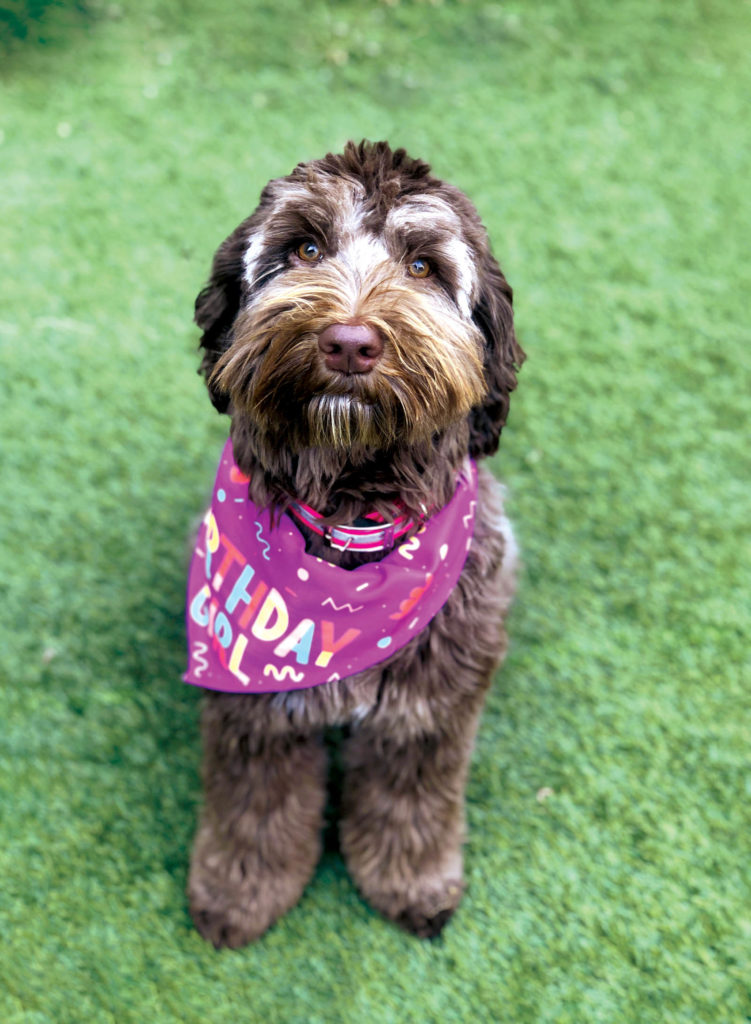
In talking with other pool owners, Mason discovered this was a regularly occurring problem. Determined to stop the watery carnage but finding no satisfactory options on the market, he developed his own solution, launching FrogLog (both the company and the product) in 2005.
FrogLog in no way resembles a log. Instead, it’s designed as a half-circle-shaped floating platform consisting of a nylon polyester cover with PU coating, enclosing a PVC bladder. A rubberized mesh skirt encircles the platform; a mesh tether anchors it to the side of the pool and serves as an escape ramp (“anchors” is a misnomer, since the FrogLog is easily moved).
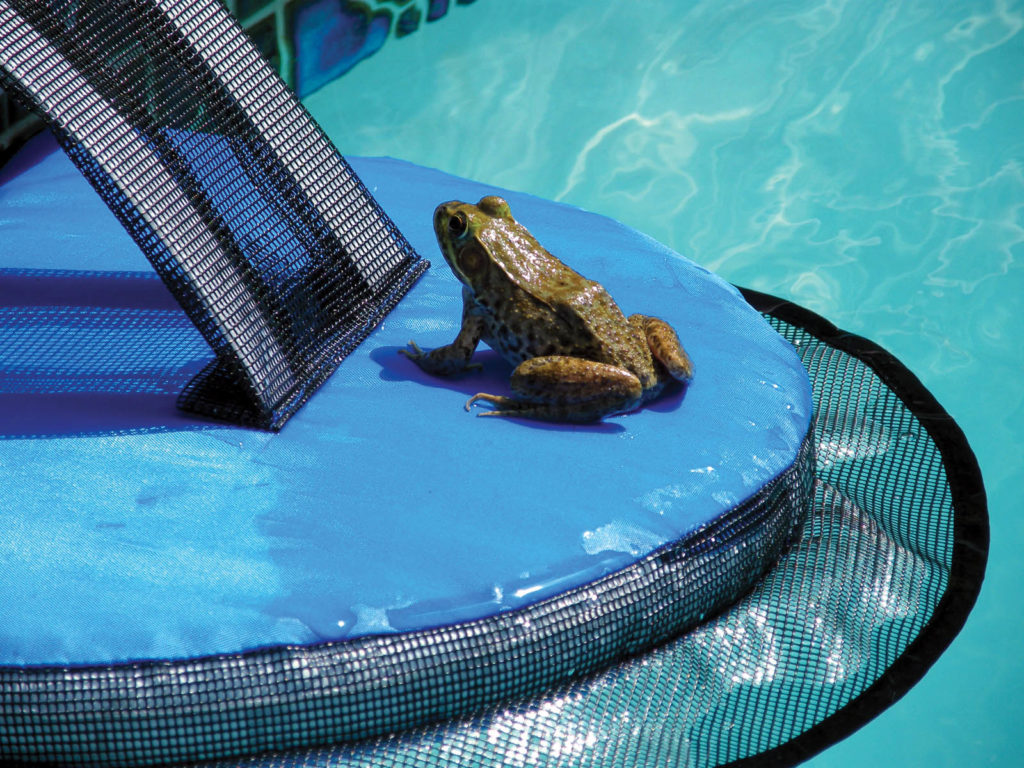
When animals fall into a pool, they automatically swim to the sides seeking a way out, Mason explains. Most times, they won’t be able to climb up the pool wall and escape, instead drowning or getting sucked into the skimmer basket. The FrogLog helps them avoid this fate; the animal circles the sides of the pool, bumps into it, climbs onto the platform via the mesh skirt, and makes a quick exit.
As soon as FrogLog became available, demand grew and continues to climb. Mason projects that by the end of 2019 more than 200,000 units will have sold, saving millions of animals in 30 countries.
Mason’s invention was inspired by his desire to help animals. Other manufacturers of products that protect or assist animals are driven by similar concerns. Although there’s enormous product diversity, as the examples below illustrate, all sprang from a commonly held, deep appreciation for animals.
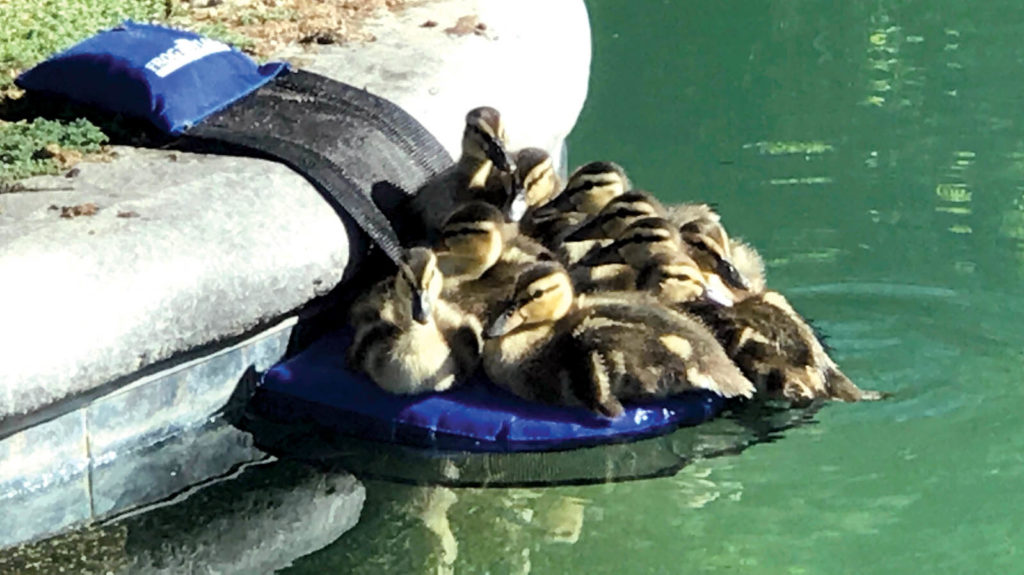
Tethering and tracking
BioThane® Coated Webbing in North Ridgeville, Ohio, manufactures coated webbing and provides several products used in the animal market, such as Beta®, a soft, colorful PVC coating over webbing. Originally developed for equines, Beta is now widely deployed in leashes and collars for dogs, providing a good alternative to nylon, says Kim Madjar, director of marketing. Another product for equines and dogs is Reflective, available with the company’s TPU or PVC coating and designed to enhance nighttime safety.
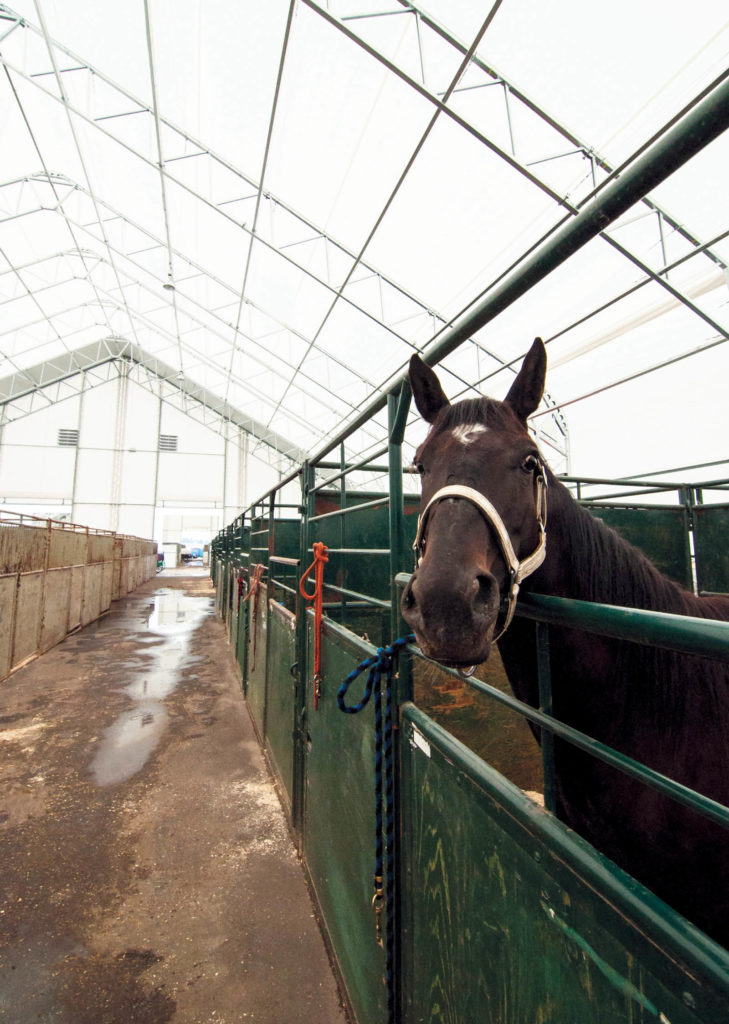
BioThane products have also served more exotic purposes, such as tracking-collars for big cats (and some rhinoceroses) in Africa.
“We worked with a company to develop a high-strength substrate coated with a high-durometer poly blend that needed to hold up to the African climate,” Madjar says. “These collars were fitted with GPS tracking devices so researchers could compile data on wild animals in the African continent.”
Madjar says that although uncoated substrate material is extremely strong and durable, its UV stability isn’t the best, a concern given the intense African heat. This was a critical element that the BioThane product solved. Other challenges concerned adhesion and abrasion resistance. The devices launched in 2001.
One issue the company faces is pleasing consumers always on the hunt for something new.
“Consumers want on-trend colors and a variety of patterns to choose from. This can be challenging because what one consumer likes, another may not. Trying to figure out how to appeal to the masses is a balancing act,” says Madjar. BioThane recently added two new colors to the Beta line—metallic gold and coral—and will introduce two more this year.
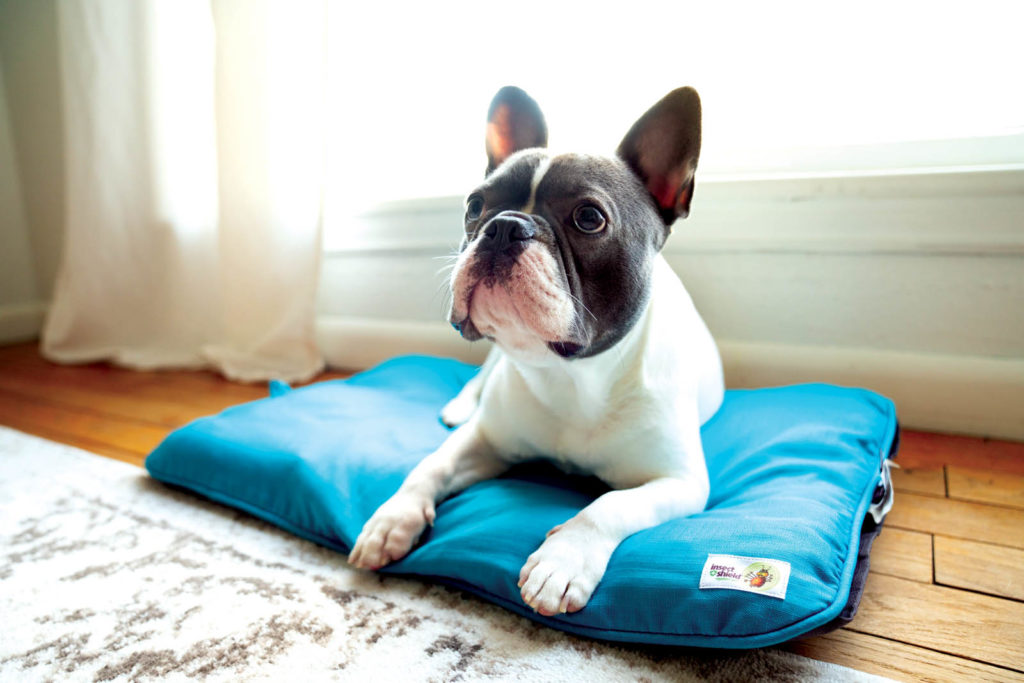
Light and shelter
For more than 25 years, Calhoun Super Structure, Tara, Ontario, Canada, has provided fabric structures for an array of industries and applications, particularly for agriculture livestock and equine use, says Deanna Hope, marketing manager for the company. The structures are among the largest in the fabric structure industry, with custom-engineered buildings up to 250 feet wide and in any length.
“Our bright and airy interiors create healthy, calm and well-ventilated environments for animals,” says Hope. “The shape and flexibility of our fabric buildings provide optimal indoor temperatures and lower utility costs, while our non-conductive, sound-absorbing fabric covers promote a distraction-free environment.”
Among the company’s solutions are the CC Series, offering a traditional hoop aesthetic (modifications are possible); the VP Series, with cathedral-style peaks and greater design flexibility (this series is almost always custom); and the HT Series for customers requiring extra height.
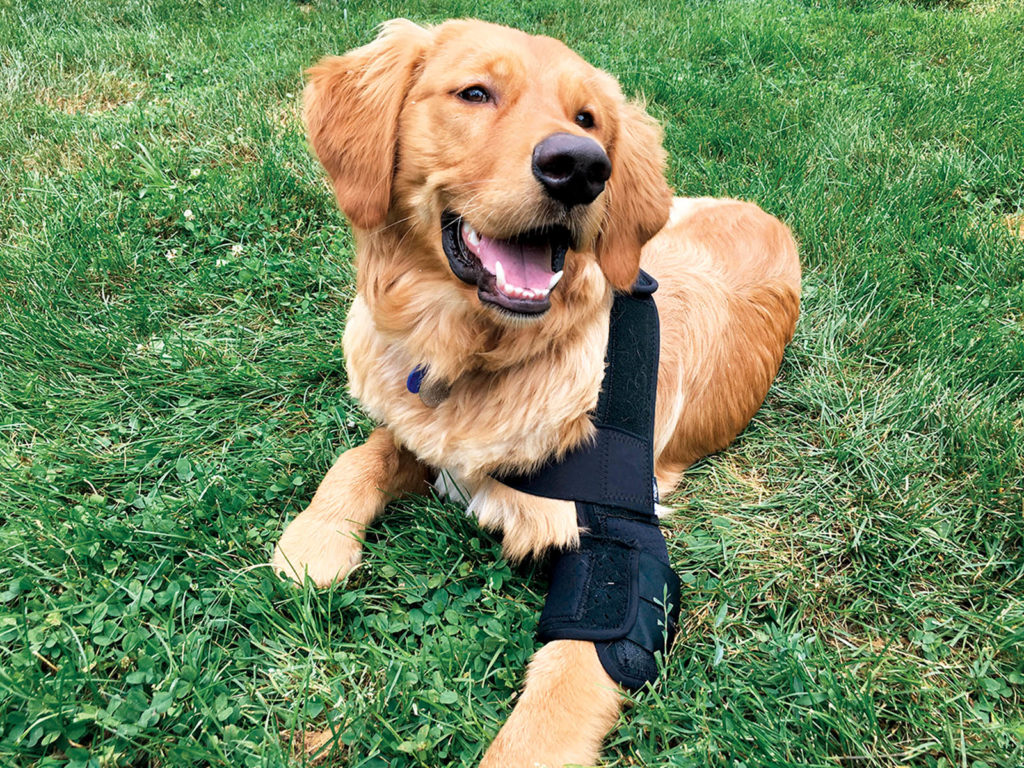
Materials used in the structures include high-density polyethylene (HDPE) in a woven-sheet form, coated on both sides with a specialized, thick protective layer that helps resist UV damage. The non-fire-retardant fabric covers feature up to 16 percent translucency; the fire retardant covers feature 19 percent translucency. Either fabric imparts a natural illumination to interiors during the day, providing an outdoor feel for animals.
Hope says Calhoun Super Structure is fielding more inquiries about its fabric structures for livestock and equine applications.
“That’s the trend,” she says. “Customers are choosing fabric structures over traditional wood or steel because of the natural light they provide, as well as the versatility, durability and quality. We’re also seeing more customizations. Customers want a beautiful finished exterior that includes wood paneling, lots of windows and doors and front porch extensions for
a completely customized look.”
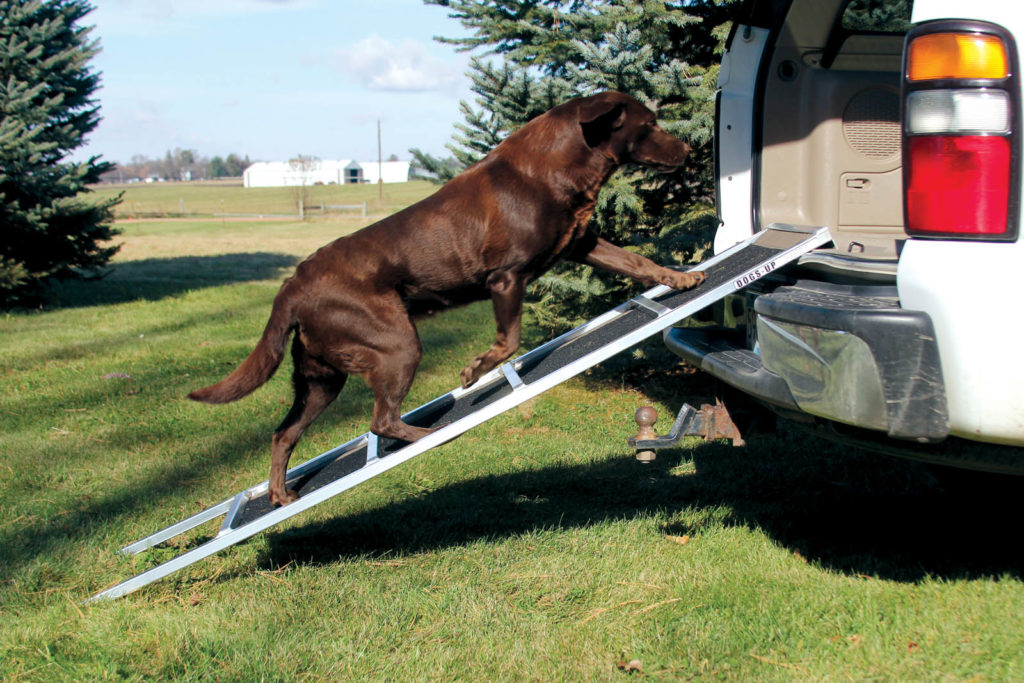
A leg up
Since 1979, Duane Smith—co-owner of Cokato, Minn.-based Canvasworks Inc.—has produced boat covers, awnings and other custom covers, along with manufacturing fabric and aluminum products for the original equipment manufacturer (OEM) industry. The company has also developed several of its own products like the Dogs-Up Ramp, inspired by Smith’s puppy that grew into a much larger-than-expected dog.
“Lifting him in and out of the dog box on the top of my pickup bed wasn’t easy on either of us,” recalls Smith, who also trains dogs for field trials. “Since I was aware of the risks of allowing him to jump in and out on his own, I decided a ramp was in order.”
Finding the available ramps too heavy and bulky, he put his knowledge of canvas and aluminum to work, launching the Dogs-Up Ramp in 2012. At 8.5 pounds, it was easy to use and the dog took to it willingly. Other trainers noticed and put in their requests.
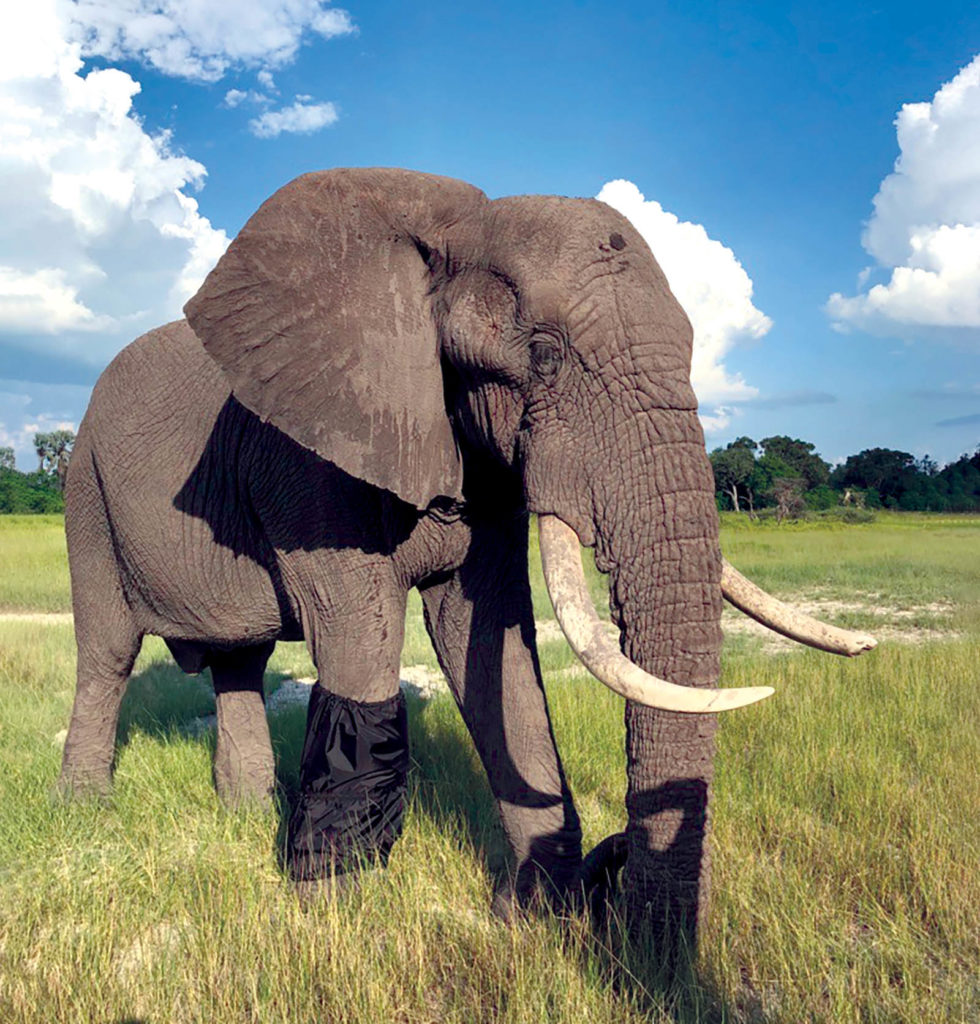
“From there demand grew quickly until it became a regular seller for our company,” he says. “We’ve made quite a few custom ramps in addition to our stock models, including different widths, bi-folds and pool ramps. We even made a ramp for a pontoon boat to assist our customer’s giant-breed dog.”
The body of the ramp is constructed of marine-grade materials and consists of a combination of a solution-dyed polyester fabric (TOP NOTCH® from Marlen Textiles) and a 100 percent UV-stabilized bulk continuous filament (BCF) propylene carpet finished with grey TuftLoc backing (Aggressor from Syntec® Industries). Smith selected the materials for their strength, durability and cleaning ease.
It can be difficult getting pet owners to understand the value of a ramp since they tend to be less cognizant of the strain jumping in and out of a vehicle can put on their pet’s body. However, although working dogs and the field-trial world still comprise his biggest markets, Smith anticipates demand from the pet world increasing as awareness of and concern over animal comfort grows.
Crafting customized care
Schön Gross, founder of Phoenix Design Solutions LLC in Ashburn, Va., created her first custom bandage for her Rottweiler suffering from advanced osteoarthritis. The disease was so severe that Greif couldn’t bend his elbows to lie down but had to just drop onto her hardwood floors. He was also unable to go up and down stairs or take walks. Hoping to improve his life, Gross designed a pair of doggy “leggings,” which Greif began wearing 24/7. Shortly afterward, Gross noticed the swelling afflicting the dog’s left leg had significantly diminished, disappearing completely within a matter of days. Not long after, Greif was able to manage the stairs and take walks. He wore the leggings the rest of his life.
His improvement caught the attention of veterinarians who began requesting Gross’s bandages, wrappings and covers for a variety of animals. Her business took off from there. She has devised solutions for cats, rabbits, a ferret, horses, pigs, goats, sheep, llamas and—her largest client—Jabu, a 35-year-old bull elephant in Botswana.
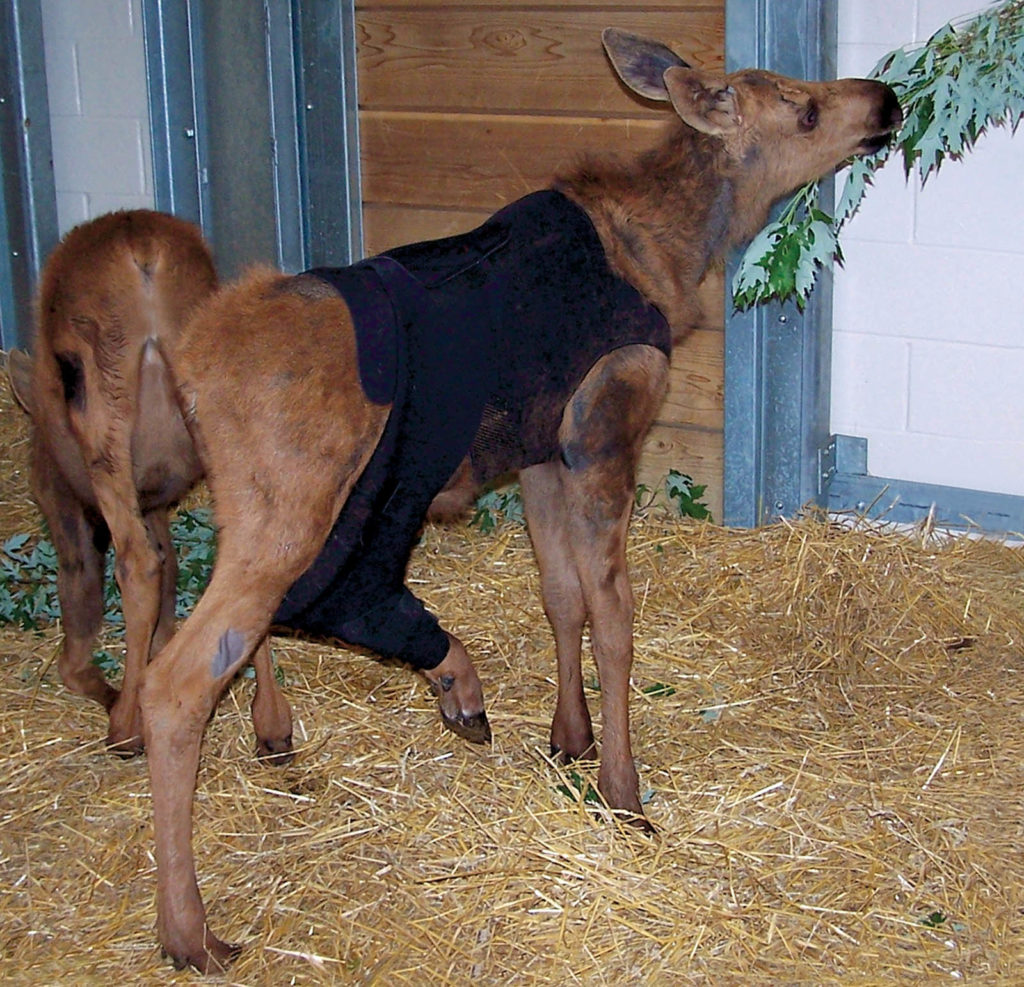
In addition to leggings, used for arthritis, wound protection, elbow dysplasia and other ailments, standard offerings include vests for medial shoulder instability or subluxation; carpal supports for carpal/wrist instability and forelimb deformity; and tarsal/hock supports for wounds, arthritis and tarsal/hock instability.
Her multi-species background (gained by having managed a cattle ranch) and years spent as a graphic designer have helped her to produce thousands of custom products.
“Each begins with a unique request and its solution,” says Gross, who often works with veterinarians. “My products are all custom-sized for accurate fit. Most are produced using Polartec® PowerStretch® RX, Airprene and Breathe-O-Prene® as the primary textiles. Also, Velcro® hook and loop fasteners are a must—no plastic parts for animals to chew or swallow.”
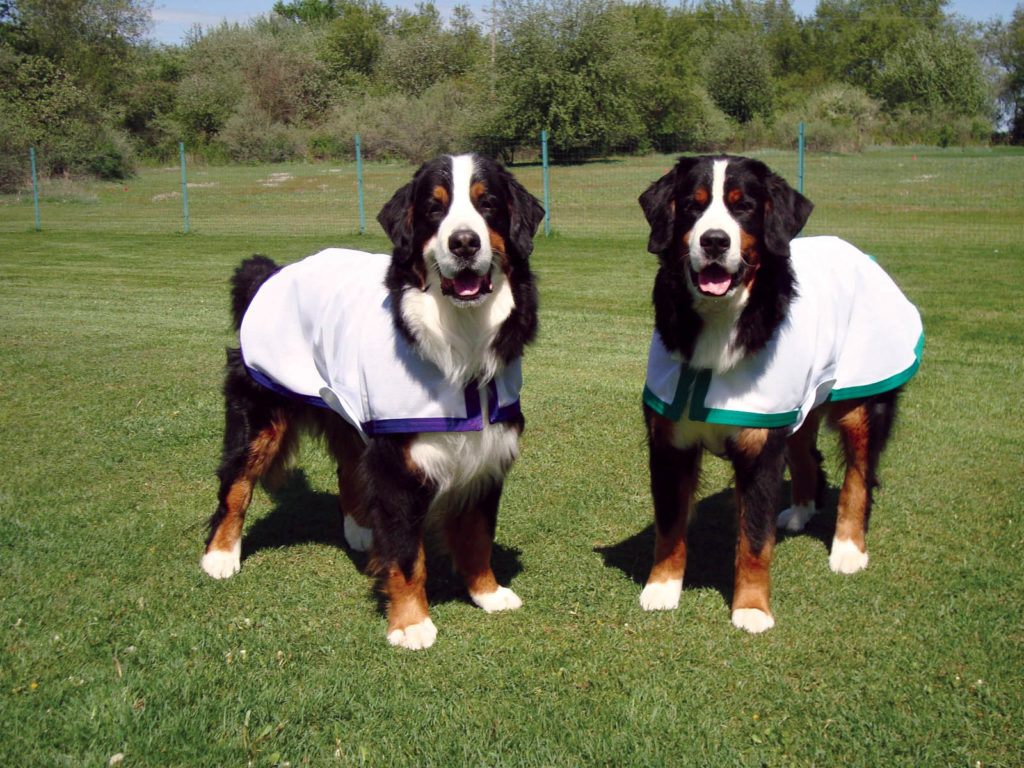
Support and protection
For Michael Libertucci, president of Saratoga Horseworks Ltd., necessity proved the mother of invention. Headquartered in Amsterdam, N.Y., Saratoga Horseworks provides equestrian and pet products under its own brand. (A contract manufacturing division, Custom Sewn Products, produces engineered textile products for an array of markets.)
The design for one of the company’s best-sellers came as a result of a hind leg suspensory tendon injury his horse sustained, Libertucci recalls.
“The horse was laid up for a winter and needed to come back slowly to work in the spring when the ground can be very muddy and hard on legs,” he explains. “I needed a product to support the leg and be able to stay in place while being worn in muddy conditions.”
Finding nothing suitable, he developed the Saratoga Bandage, a patented lower-leg support for horses combining highly breathable, nonabsorbent and powerful stretch elastic with silicon grip stripes on the inside to prevent it from slipping down the horse’s leg. The bandage can be used to prevent injury to the horse while being ridden and supports injured legs during rehabilitation.
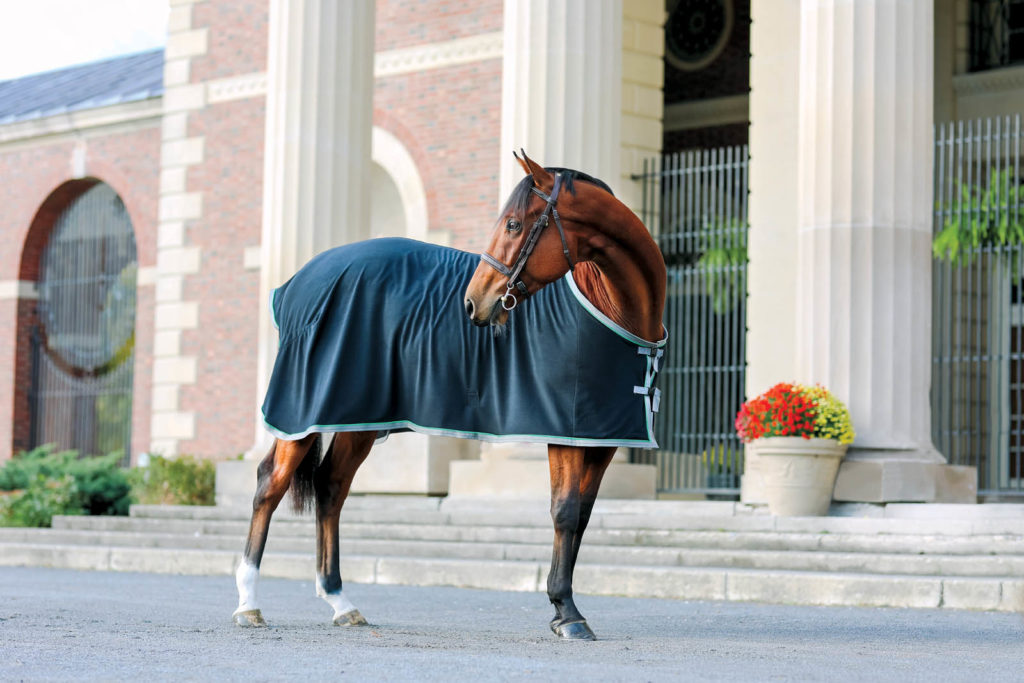
The company also offers the Saratoga Summer Turnout, a lightweight turnout sheet constructed from a proprietary polyester mesh (combined with surcingle and leg straps) that helps keep horses cool while protecting them from insects like biting flies. Another product—the K9 Kooling Coat—is geared for dogs. Made from a hydrophilic nylon mesh, the coat is soaked with water and then placed on a dog, cooling through its evaporative properties, providing a “rechargeable perspiration system.”
A trend among equine owners is a growing interest in luxurious, highly functional, well-fitting, customized products. Dog owners want the same.
“We see a demand to fit dogs with unique [forms] such as French bulldogs and mixed breeds where standard dog coats don’t cater to their shape,” Libertucci says. “The ability to customize a dog coat allows us to provide a better-fitting product. The pet industry is so large that if you’re creative enough to carve out even a small niche, you have growth potential.”
Pamela Mills-Senn is a freelance writer based in Long Beach, Calif.
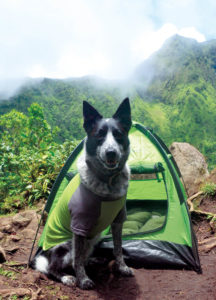
Sure, the great outdoors offers plenty of opportunities for beauty, relaxation and fun, but spending time with Mother Nature isn’t without its trials, thanks to all the insects one encounters outside. Although mosquitoes, ticks, fleas, ants, flies and other unwanted pests prove annoying to people, they are perhaps even more aggravating to our pets that have a harder time slapping them away. Enter Insect Shield® LLC’s insect-repelling technology, gear and apparel. The company, headquartered in Greensboro, N.C., offers an array of products providing long-lasting, personal insect protection, says Janine Robertson, marketing and public relations manager. In addition to the pet and equine markets, a host of industries worldwide—outdoor lifestyle and workwear, military and international relief organizations and others—utilize the Insect Shield technology.
The company’s process binds a proprietary permethrin formula tightly to fibers, becoming part of the material itself, lasting the expected lifetime of the product. According to Robertson, the formula, registered with the U.S. Environmental Protection Agency, has an excellent safety record and provides effective, odorless insect protection. The company offers an array of vet-approved products specifically for dogs. These include the Cooling Gaiter, constructed of cooling, breathable, stretchy, machine-washable fabric; and the Mesh Cooling Tank, featuring mesh side panels and a cooling, heat-resistant, breathable, stretchy, machine-washable yarn. Both products are 90 percent nylon/10 percent spandex and feature the company’s JadeCool™ technology, providing the cooling effect. Also available is the quick-drying Protection Blanket for dogs, made from 100 percent polyester and offering a high warmth-to-weight ratio.
Demand is heading toward more technical apparel for pets, says Robertson. “It’s much like what we’ve seen in the outdoor apparel industry. Now, pet products can offer performance attributes such as insect repellency, cooling properties and even sun protection.”
 TEXTILES.ORG
TEXTILES.ORG


